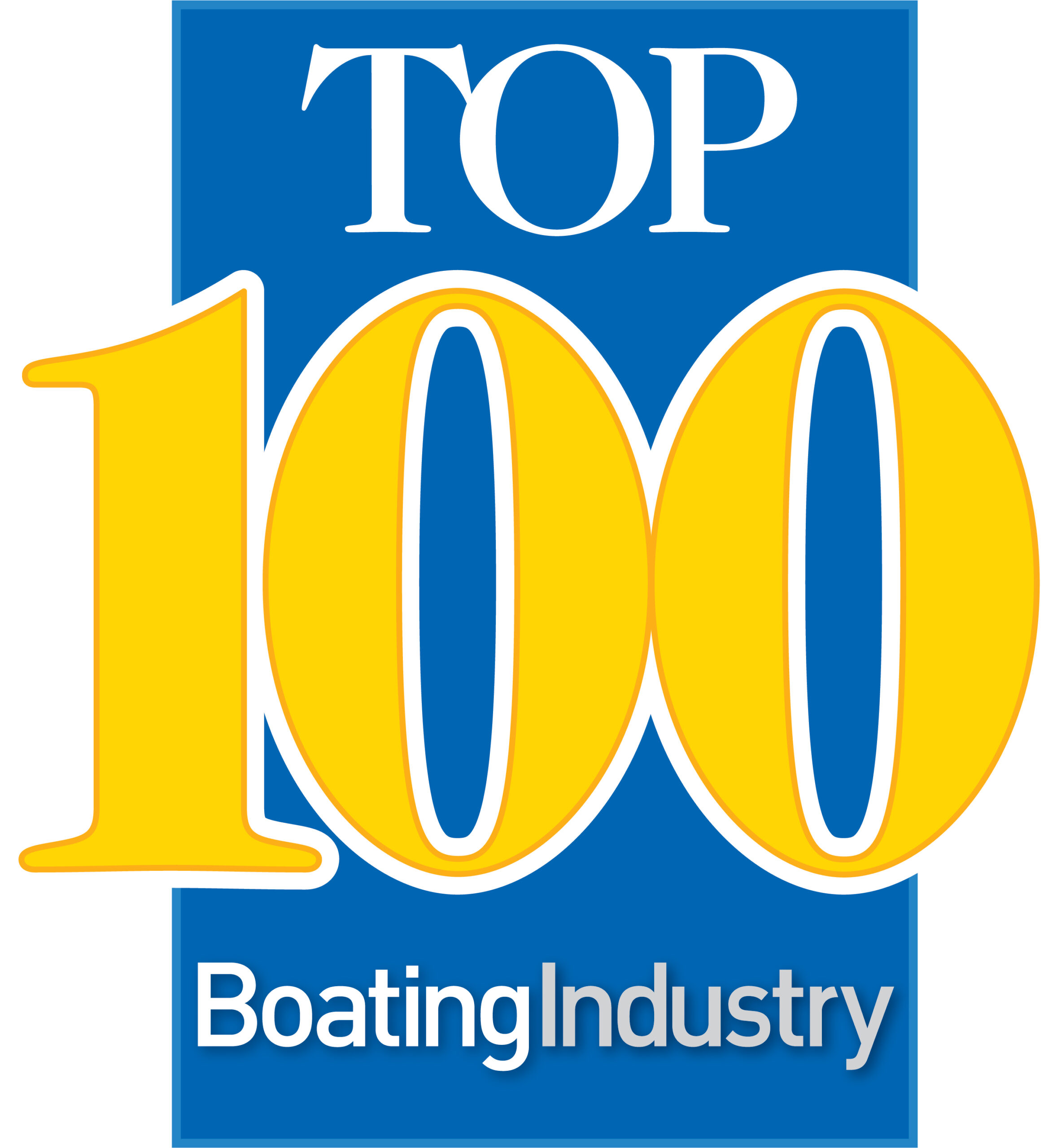Taking a stance on boat sewage
There are two methods for handling black water on recreational boats. One is to store the wastewater in a holding tank until it can be disposed of at an approved pumpout station. The second method applies a U.S. Coast Guard-approved onboard treatment device, which treats the wastewater to an EPA acceptable level and then safely discharges the treated water directly from the boat.
NMMA chooses to leave the decision over which is the better method to the manufacturers and their customers, but we do believe both systems serve an important purpose and both have unique benefits and limitations.
In an ideal world, there would be no discharge into any water body from any source. In reality, the only way to achieve this is to work toward better systems and stricter standards. A boater faced with a full holding tank and no way to pump it out will have to discharge it into the water, which is the worst thing that a boater can do, especially inside the three-mile limit. The best thing that a boater can do is to choose a system that enables them to comply with the law prohibiting raw sewage discharge inside the three-mile limit.
For pumpout systems, NMMA supports continued funding for the Clean Vessel Act and raising the recommended fee that can be charged by pump out owners/operators for services.
For onboard treatment systems, NMMA opposes the continued proliferation of No Discharge Zones (NDZs) over large areas. NMMA supports NDZs in areas that are environmentally sensitive, such as shellfish beds, but to designate the waters surrounding entire states as no discharge zones is inappropriate.
NMMA feels EPA needs to update its 25-year-old onboard treatment standards to reflect current technology. NMMA supports raising the bar for onboard treatment requirements to a level that drives technology and provides an incentive for future improvements.
Overall, this issue is a success story. It’s a story of recognizing a problem and appropriating government and private funds to correcting it. It is a story of advances in technology that have allowed for systems to achieve 100- to 1,000-times lower levels than the EPA standards. It is our industry and our responsibility to continue to work for improvements in technology that deliver environmentally responsible products that will ensure the continued growth of recreational boating.
The current system of waste disposal from marine toilets does not work in the real world – out on the water.
It didn’t work for Congressman Jim Saxton (R-NJ) last summer when he sailed from New Jersey to Long Island and couldn’t find a working pumpout station.
The same held true for former Congressman Bob Davis who had a tough time finding an accessible pumpout station along the mid-Atlantic coast.
Nor did the system work for the staff of Cruising World magazine a few years back when they went on a fruitless search in Rhode Island waters looking high and low for a pumpout station that was open, accessible and working.
The current system just doesn’t work for many BoatU.S. members who get about as close to the “marine environment” as you can get and who would never approve of legislation that would degrade it.
The time has come to recognize that the current system is broken – just like the 55-mph speed limit on many of our highways – and that a legislative solution is necessary to bring marine sanitation into the 21st century.
The best way to do so would be for Congress to approve H.R. 1027, a very simple bill introduced by Rep. Saxton, designed to address a complex problem.
This legislation would give boaters the option of continuing to haul their marine waste to pumpout stations, which are, often closed and/or not working, or allowing them to use a Type 1A marine sanitation device (MSD), which meets a new federal standard 100 times more stringent than the government’s current standard. In fact, the new Type 1A MSD would process waste to degree greater than that of most shore-side wastewater treatment facilities.
Having said this, we have no problem with any state that wants to prohibit the use of Type I devices in harbors, marinas, shellfish beds, waters solely within the boundaries of a state, or in sensitive areas in need of special protection when it can be shown that boaters are the source of the problem.
We have no problem with the federal government giving the states $77 million since 1993 to build pumpout stations – in fact, BoatU.S. helped fight to obtain these funds.
But what we do object to is the heavy hand of government declaring – without evidence – that all of a state’s waters up to three miles offshore should be a no-discharge or, more aptly put, a no treatment zone.




